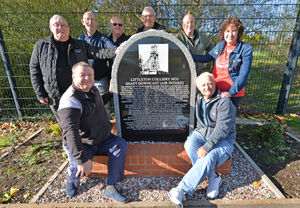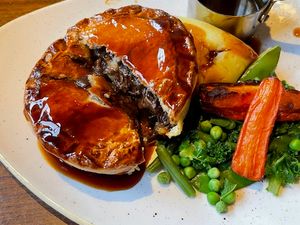End of an era for mining memories society
You had to enjoy life down the pit, says Alan Dean.

"If you went down and didn't enjoy it, you would never go down again," says the retired miner.
"Every day was a battle against nature. People think we went down the pit and got big bonuses, but it wasn't like that."

Alan, is chairman and a founder member of Cannock Chase Mining Historical Society, which has seen the publication of 18 books about the coalfield since it was formed in 2002. Now, after 20 years, he is calling it a day, and the society will be wound up at the end of this year.
The society was formed at a meeting at the Museum of the Cannock Chase, when the late Mick Drury issued an appeal for former miners to help him with a book about the region's mining heritage. So good was the response that it was decided a single book would not do it justice, and a society was formed that would produce what has been described as the most comprehensive record mining history ever published.
Trevor Matthews, who wrote a book about the Hilton Main and Holly Bank collieries as part of the collection, says the society's combined work totals some 1,750 pages in all formats.
"The National Mining Museum in Yorkshire, and Mining Records in Mansfield, have acclaimed it as the best history of any coalfield ever," says Trevor, who lives in Claverley.
He adds that none of it would have been possible without the dedicated efforts of Mick Lucas, who edited the entire production.
"Mick Lucas was utterly indispensable," says Trevor.





